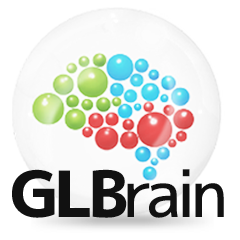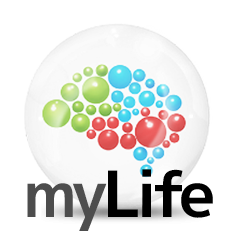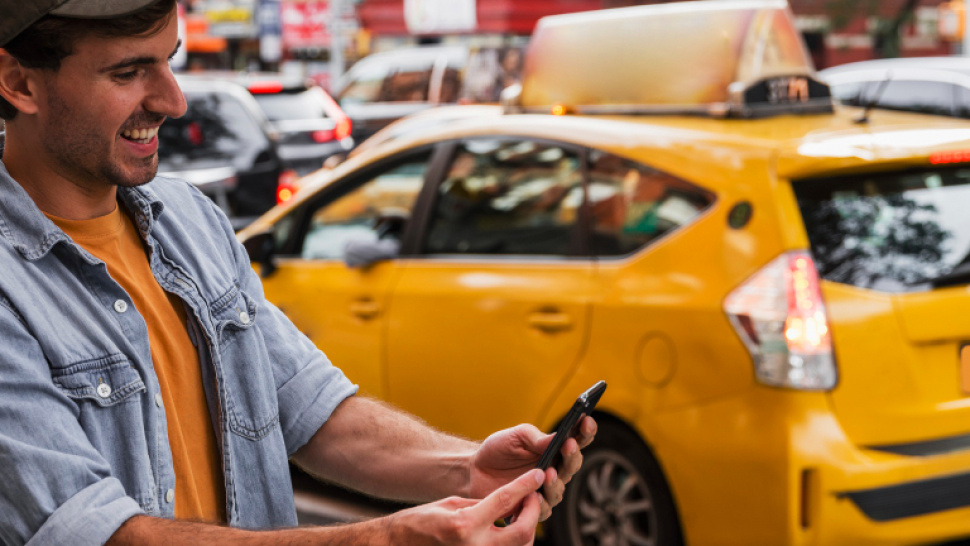The on-demand economy has revolutionized the way businesses deliver services, and ride-hailing apps like Uber are at the forefront of this transformation. To stay competitive, Uber clone apps must continuously evolve and leverage cutting-edge technologies. Artificial Intelligence (AI) and the Internet of Things (IoT) are two such technologies reshaping the landscape of app development and user experience. This blog explores how AI and IoT are enhancing Uber clone apps and driving innovation in the ride-hailing industry.
Introduction to AI and IoT in Ride-Hailing
AI and IoT are no longer just buzzwords; they are integral to modern app development. While AI focuses on building intelligent systems that can analyze data and make decisions, IoT connects physical devices to the internet, enabling real-time communication and data exchange. Together, these technologies enhance functionality, improve efficiency, and deliver a seamless user experience in Uber clone apps.
How AI Enhances Uber Clone Apps
1. Intelligent Route Optimization
AI-powered algorithms can analyze real-time traffic data, historical ride patterns, and road conditions to optimize routes.
Benefits for Riders: Reduced travel time and cost.
Benefits for Drivers: Efficient routes save fuel and increase daily ride capacity.
2. Dynamic Pricing Models
AI enables surge pricing based on demand and supply dynamics.
During peak hours or special events, the system adjusts fares automatically.
Transparent pricing algorithms ensure fairness for both riders and drivers.
3. Predictive Analytics for Demand Forecasting
AI helps predict demand by analyzing user behavior and historical data.
For Riders: Quick ride availability during high-demand periods.
For Businesses: Better resource allocation, such as deploying more drivers in high-demand areas.
4. Enhanced Safety and Security
AI-driven safety features include:
Driver Behavior Monitoring: Identifies reckless driving using real-time data from accelerometers and gyroscopes.
Facial Recognition: Verifies driver identity for added security.
SOS Features: AI prioritizes emergency alerts and shares real-time location with authorities.
5. Chatbots for Customer Support
AI-powered chatbots provide instant support to riders and drivers.
Handle queries about payments, ride history, or technical issues.
Reduce the need for human intervention, saving operational costs.
How IoT Enhances Uber Clone Apps
1. Real-Time Vehicle Tracking
IoT enables accurate GPS tracking by integrating with connected devices in vehicles.
For Riders: Provides real-time updates on driver location and estimated arrival time.
For Businesses: Monitors driver performance and vehicle usage.
2. Vehicle Maintenance and Diagnostics
IoT sensors in vehicles monitor critical metrics such as fuel levels, engine health, and tire pressure.
Proactive maintenance reduces downtime and ensures passenger safety.
Reduces operational costs by preventing breakdowns.
3. Smart Fleet Management
IoT-enabled devices provide detailed data on vehicle usage, fuel consumption, and trip history.
Optimize fleet operations by analyzing driver routes and fuel efficiency.
Enhance decision-making for fleet expansion or replacement.
4. Contactless Payments
IoT facilitates seamless payment options, such as RFID-enabled payment systems.
Riders can pay without cash or cards, enhancing convenience and reducing transaction time.
5. Integration with Smart Cities
IoT connects ride-hailing apps with smart city infrastructure.
Examples: Integrated parking systems, traffic management, and charging stations for electric vehicles (EVs).
Encourages sustainable and efficient urban mobility.
Benefits of AI and IoT Integration in Uber Clone Apps
1. Improved User Experience
Faster ride-matching and accurate ETAs.
Personalized recommendations based on past rides and preferences.
2. Cost Optimization
Reduced operational costs through predictive maintenance and optimized routes.
Smart pricing models increase revenue without alienating customers.
3. Scalability
AI and IoT enable Uber clone apps to handle increasing user volumes without compromising performance.
4. Competitive Edge
By leveraging AI and IoT, businesses can differentiate themselves from competitors and offer unique features.
Challenges in Implementing AI and IoT
Despite their benefits, integrating AI and IoT into Uber clone apps comes with challenges:
1. High Development Costs
Developing AI models and IoT infrastructure requires significant investment.
Small businesses may struggle to allocate sufficient funds.
2. Data Privacy Concerns
Collecting and processing user data raises privacy and security concerns.
Compliance with regulations like GDPR and CCPA is essential.
3. Complex Integration
Combining AI and IoT requires a robust backend system capable of handling large datasets in real-time.
Technical expertise is critical for seamless integration.
4. Reliability of IoT Devices
IoT devices are prone to connectivity issues, which can disrupt operations.
Regular updates and maintenance are necessary to ensure reliability.
Future Trends in AI and IoT for Uber Clone Apps
1. Autonomous Vehicles
Self-driving cars, powered by AI and IoT, will redefine ride-hailing services.
Expected benefits include lower costs and safer rides.
2. Voice-Controlled Features
Integration of voice assistants like Alexa or Google Assistant for booking rides.
Enhances accessibility for differently-abled users.
3. Blockchain Integration
Blockchain, combined with IoT, ensures secure and transparent transactions.
Improves trust and eliminates fraud.
4. Eco-Friendly Solutions
IoT-powered electric and hybrid vehicles will dominate future fleets.
Real-time monitoring of emissions and energy consumption supports sustainability.
How to Choose the Right Development Partner
To integrate AI and IoT effectively, choosing the right development company is crucial:
Experience: Look for companies with expertise in AI and IoT development.
Customization: Ensure they can tailor the app to your specific business needs.
Post-Launch Support: A reliable partner will offer ongoing updates and maintenance.
Conclusion
AI and IoT are transforming Uber clone apps into smarter, more efficient, and user-friendly solutions. From intelligent route optimization to real-time vehicle tracking, these technologies enhance every aspect of the ride-hailing experience. However, successful integration requires careful planning, robust infrastructure, and the right development partner. By embracing AI and IoT, businesses can not only meet current market demands but also future-proof their apps for the evolving on-demand economy.




Share the News